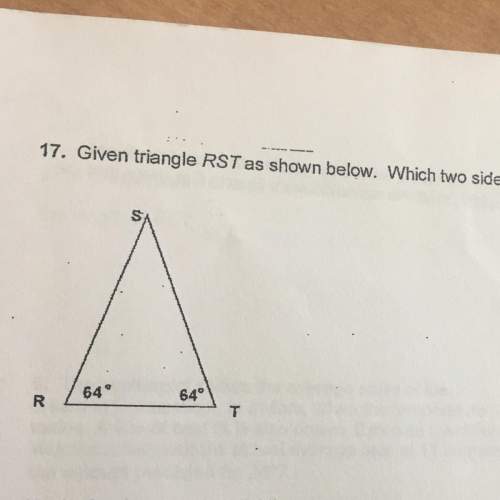
Mathematics, 17.02.2020 20:13 Fetty1738
Suppose that a city has 90,000 dwelling units, of which 35,000 are houses, 45,000 are apartments, and 10,000 are condominiums.
a. You believe that the mean electricity usage is about twice as much for houses as for apartments or condominiums, and that the standard deviation is proportional to the mean so that S1 = 2S2 = 2S3. How would you allocate a stratified sample of 900 observations if you wanted to estimate the mean electricity consumption for all households in the city?
b. Now suppose that you take a stratified random sample with proportional allocation and want to estimate the overall proportion of households in which energy conservation is practiced. If 45% of house dwellers, 25% of apartment dwellers, and 3% of condomium residents practice energy conservation, what is p for the population? What gain would the stratified sample with proportional allocation offer over an SRS, that is, what is Vprop (Ṕstr) / VSRS (ṔSRS)?

Answers: 1
Another question on Mathematics

Mathematics, 21.06.2019 14:00
The two expressions below have the same value when rounded to the nearest hundredth. log5 b log9 48 what is the approximate value of log b to the nearest hundredth? 0.93 1.23 9.16 65.53
Answers: 1

Mathematics, 21.06.2019 14:30
Write the system of equations represented by the matrix. 0 1 2 4 -2 3 6 9 1 0 1 3
Answers: 2

Mathematics, 21.06.2019 15:30
Complete the statements about the system of linear equation respresented by the tables the equation respented the left table is
Answers: 2

You know the right answer?
Suppose that a city has 90,000 dwelling units, of which 35,000 are houses, 45,000 are apartments, an...
Questions




History, 03.01.2020 17:31

History, 03.01.2020 17:31

Mathematics, 03.01.2020 17:31



Spanish, 03.01.2020 17:31

Geography, 03.01.2020 17:31



Computers and Technology, 03.01.2020 17:31

Mathematics, 03.01.2020 17:31



Chemistry, 03.01.2020 17:31

English, 03.01.2020 17:31

Mathematics, 03.01.2020 17:31




